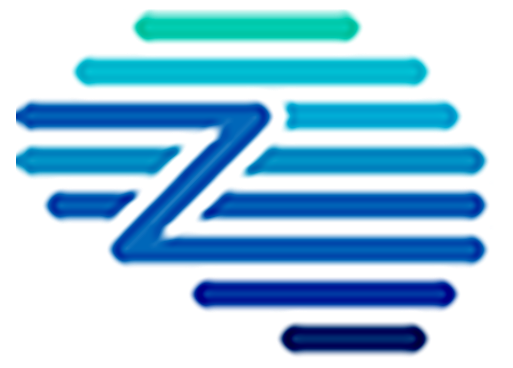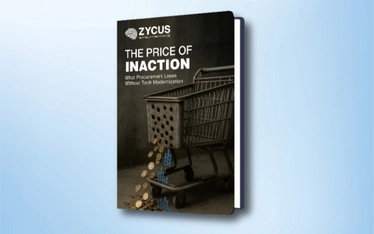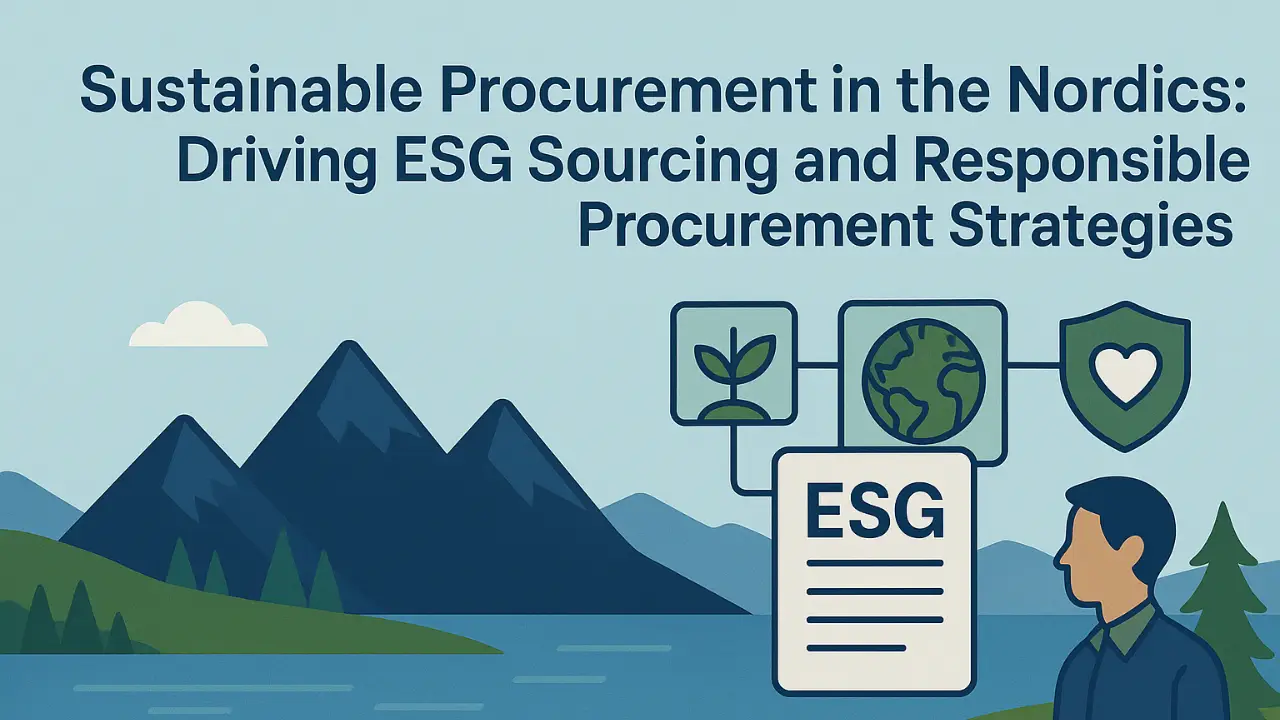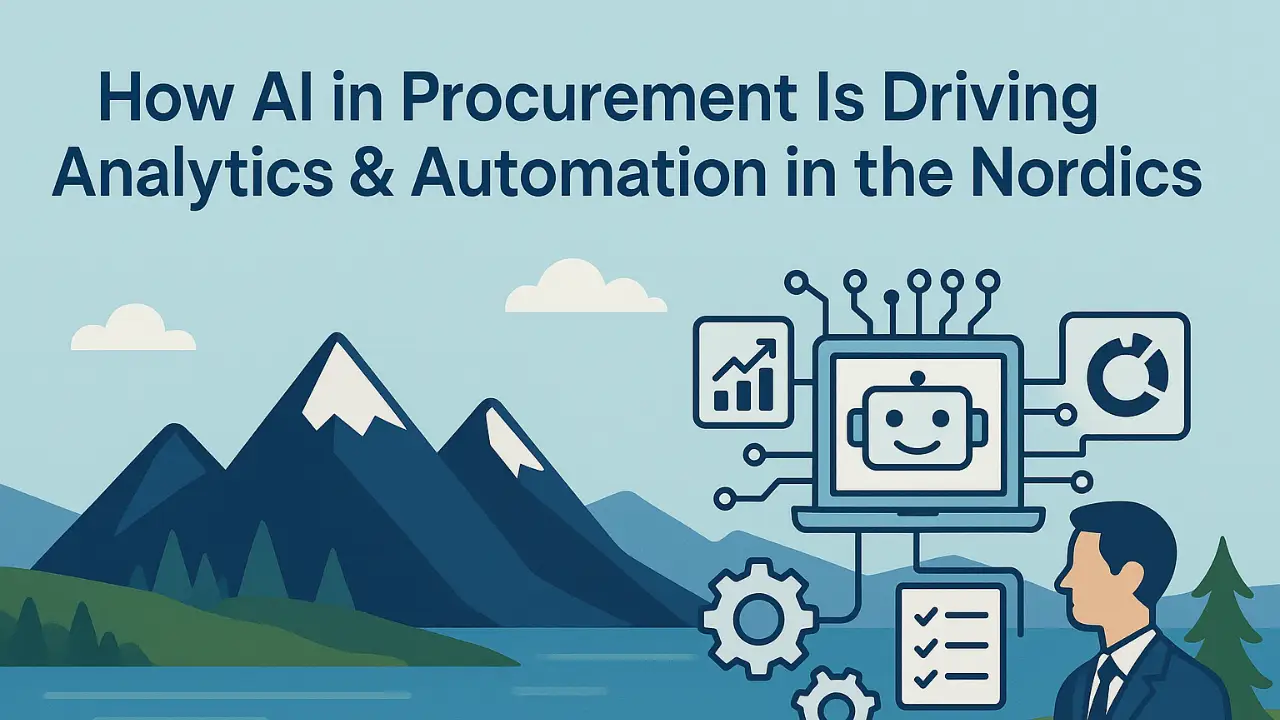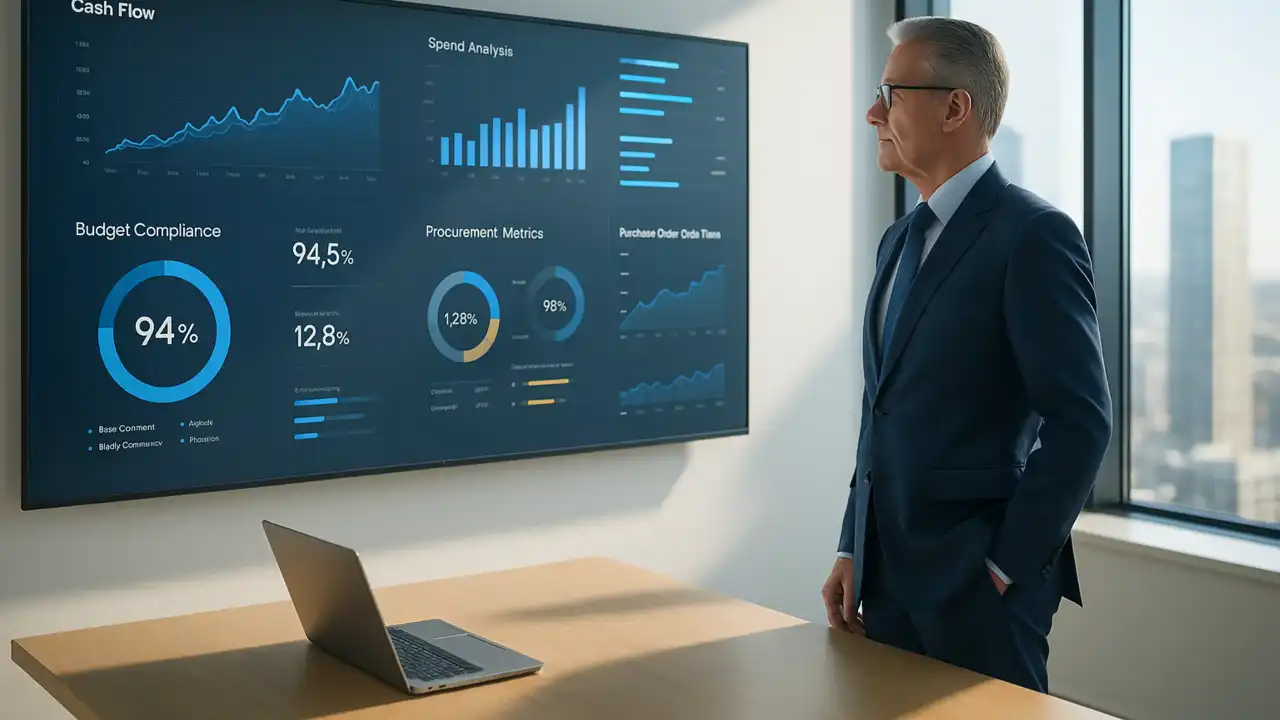TL;DR
- A procurement framework for mid-market companies ensures every investment aligns with business goals.
- Begin with enterprise outcomes like EBITDA, cash flow, and growth enablement.
- Map procurement investments in people, process, and technology to measurable results.
- Use CFO-friendly KPIs to prove impact and secure leadership buy-in.
- Recalibrate frameworks regularly as business priorities evolve.
- Alignment turns procurement into a growth enabler, not just a cost center.
Why a Procurement Framework for Mid-Market Companies Is Essential
Large enterprises can afford experimentation. Mid-market firms cannot. With leaner teams and constrained budgets, procurement must prove every initiative contributes to growth, cash flow, or resilience. Yet many organizations lack a framework to ensure alignment between procurement activities and business goals.
A procurement strategy framework provides structure. It links procurement investments — in tools, processes, or people — directly to outcomes such as EBITDA improvement, working capital optimization, and market expansion. For CFOs doubling as CPOs, this framework is not optional. It is the only way to demonstrate procurement’s value at the leadership table.
Step 1: Define Business Outcomes Before Building a Procurement Framework
Procurement must begin with enterprise goals, not internal targets.
- EBITDA focus: Frame savings and efficiency initiatives in terms of ROI margin impact.
- Cash flow: Show how AP automation and contract compliance improve working capital.
- Growth enablement: Demonstrate how supplier resilience supports expansion and speed to market.
Read more: How to Prove Procurement Software ROI (With Real Numbers)
Step 2: Map Procurement Investments to Business Goals in Mid-Market Firms
Every dollar invested should map to a clear business benefit.
- Technology: Guided intake links to spend under management, CLM to compliance, AP automation to liquidity.
- Processes: Approval workflow redesign accelerates cycle times and reduces bottlenecks.
- People: Upskilling procurement teams enables stronger supplier partnerships and innovation.
Step 3: Use CFO-Friendly KPIs to Prove Procurement ROI
Procurement KPIs often feel disconnected from finance. Translate them into CFO language.
- Supplier enablement → Supplier-driven revenue protection
- Maverick spend reduction → Budget compliance improvement
- Cycle time to PO → Faster order-to-cash
When KPIs tie directly to financial outcomes, procurement builds credibility and secures funding.
Read more: Six Must-Have Procurement Reports and How to Build Them
Step 4: Recalibrate the Procurement Framework as Business Goals Change
Frameworks are not static. During a downturn, resilience and risk reduction may take precedence. During rapid growth, agility and speed matter most. Mid-market leaders should review frameworks quarterly to ensure alignment with shifting business priorities.
Conclusion
For mid-market enterprises, procurement cannot operate in isolation. By building a procurement strategy framework that aligns with business outcomes, leaders ensure every investment drives measurable value. This alignment elevates procurement from a cost center to a growth enabler.
Ready to see how Zycus helps mid-market companies align procurement with business goals? Book a demo today.
FAQs
Q1. What is a procurement framework for mid-market companies?
A procurement framework for mid-market companies is a structured approach that links procurement investments in people, processes, and technology directly to business outcomes like EBITDA, cash flow, and growth.
Q2. Why do mid-market companies need a procurement framework?
Mid-market firms operate with leaner teams and tighter budgets. A procurement framework ensures every investment delivers measurable ROI, resilience, and business alignment.
Q3. How can procurement be aligned with business goals in mid-market firms?
By mapping procurement investments to enterprise outcomes—such as savings tied to EBITDA, AP automation for cash flow, and supplier resilience for growth enablement.
Q4. What KPIs should mid-market companies track in procurement frameworks?
CFO-friendly KPIs such as realized savings (linked to EBITDA), budget compliance, working capital improvement, and supplier-driven resilience should be prioritized.
Q5. How often should mid-market companies recalibrate their procurement framework?
Mid-market organizations should review and adjust their procurement framework quarterly to stay aligned with evolving business priorities, market shifts, or growth phases.
Related Reads:
- Strategic Procurement Priorities for 2026: A Mid-Market Survival Guide
- Building Resilient Supply Chains: Risk-Mitigation Strategies for High-Growth Companies
- How to Prove Procurement Software ROI (With Real Numbers)
- Generative AI in Mid-Market Procurement: Key Use Cases
- AP Automation for Emerging Enterprises: Stop Ghost Invoices and Hidden AP Errors
- Real-Time Budget Visibility: Tools and Techniques for Emerging Enterprises
- The Ultimate Guide to Accounts Payable Software for Emerging Enterprises
- The Adoption Deficit: Solving the Procurement Change Challenge in Emerging Enterprises
- From Automation to Autonomy: The Evolution of AI in Procurement
- From Chaos to Control: Fixing Vendor Master Data and Rogue Spend with AI

